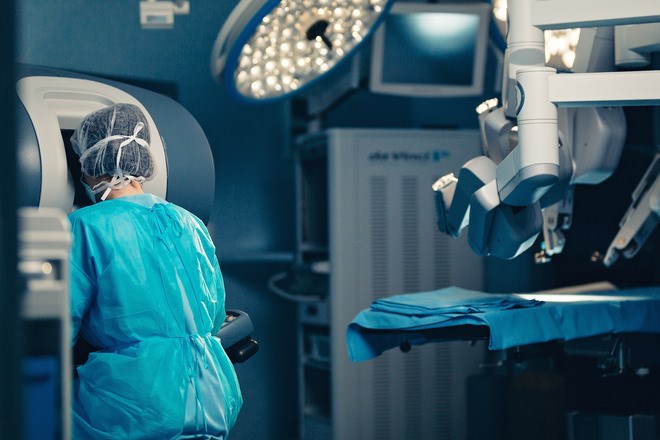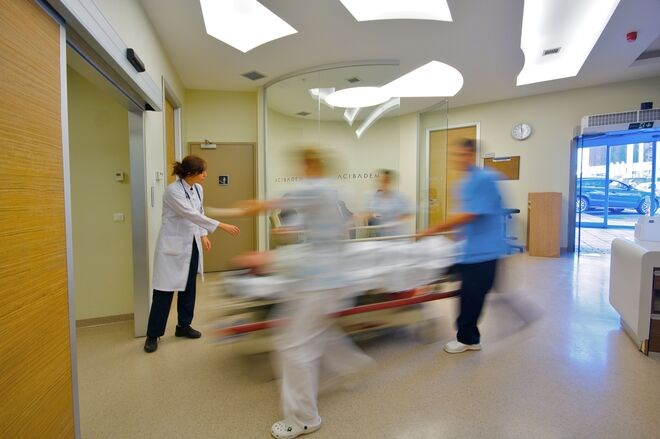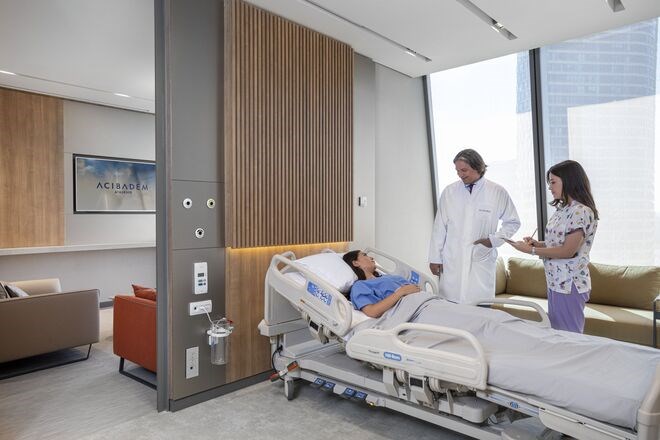
Saturday June 24, 2023
Sponsored Content


Heart and vessel diseases are the leading causes of death worldwide. According to Associate Professor Eyüp Murat ÖKTEN, a cardiovascular surgery expert at Acıbadem Altunizade Hospital, these diseases can be categorized into two groups: heart diseases and vein diseases.
"Cardiovascular diseases can be divided into heart problems and vascular problems. Heart-related diseases include valve diseases, developmental disorders, narrowing of the vessels that supply blood to the heart, and irregular heartbeats. Vein-related diseases include problems caused by narrowed vessels supplying non-cardiac organs, venous valve dysfunction, and deep vein congestion," explains Dr. ÖKTEN.
Risk factors for these conditions include smoking, high blood pressure, high cholesterol, diabetes, obesity, a sedentary lifestyle, and a family history of heart disease. Preventive measures include adopting a healthy diet, exercising regularly, quitting smoking, and managing underlying medical conditions. Treatment approaches range from lifestyle modifications to medications and, in severe cases, surgery.
Atherosclerosis, a condition characterized by narrowed and hardened arteries due to plaque buildup, poses a significant danger. Plaque, consisting of cholesterol, fats, calcium, and other substances, accumulates over time, thickening the artery walls and reducing their elasticity.
Dr. ÖKTEN emphasizes, "Atherosclerosis can impair blood flow to vital organs and tissues, resulting in various health problems. While it can affect any artery in the body, it is most commonly found in the coronary arteries supplying blood to the heart and the carotid arteries supplying blood to the brain."
Symptoms of atherosclerosis vary depending on the location and severity of the condition. In some cases, symptoms may only be evident once the disease has progressed significantly. Common symptoms include chest pain or discomfort (angina), shortness of breath, leg pain or cramping, and weakness or numbness in the arms or legs.

Treatment for atherosclerosis often involves lifestyle changes and regular exercise. Medications may also be prescribed. In more severe cases, procedures like stents, coronary bypass, sternotomy, angiography, or minimally invasive surgery may be necessary to restore blood flow. Additionally, treatments such as angiography, MR/CT angiography, Doppler US-guided interventional angiography, balloon angiography, thrombectomy, and atherectomy can be applied to vascular occlusions.
Heart valve diseases, characterized by the malfunctioning of the heart's four valves, can cause blood flow issues. Stenosis occurs when a valve narrows and fails to open fully, restricting blood flow. Regurgitation occurs when a valve doesn't close properly, resulting in blood leaking back into the chamber it just left.
Dr. ÖKTEN explains, "Heart valve diseases can be caused by various factors, including aging, congenital disabilities, infections, rheumatic fever, and heart attacks." Symptoms may include shortness of breath, fatigue, chest pain, dizziness, and palpitations. Treatment approaches may involve medications, surgeries, or other procedures depending on the severity of the disease.
"Our team can treat valve patients using various surgical techniques, but we primarily prefer minimally invasive techniques or robotic surgery," highlights Dr. ÖKTEN. He further mentions their use of Keyhole Aortic Valve Implantation (KAVI) for aortic valve stenosis. KAVI is a minimally invasive heart valve surgery technique that replaces the aortic valve.
During a KAVI procedure, a small incision is made in the chest, and a catheter is inserted through it into the heart. The new valve is then guided into place using the catheter and secured in the proper position. Compared to traditional open-heart surgery, KAVI is less invasive, leading to faster recovery and fewer complications.

Deep vein thrombosis (DVT), a blood clot forming in a deep vein, typically in the leg, can be severe. If the clot breaks free and travels to the lungs, it can cause a life-threatening blockage known as a pulmonary embolism. Varicose veins, on the other hand, are enlarged, twisted, and bulging veins, usually found in the legs and feet. They occur when vein valves weaken or damage, leading to blood flowing backward and pooling in the veins.
Most vascular diseases require lifestyle changes, such as regular exercise, weight loss, and avoiding prolonged sitting or standing. However, some cases may require direct intervention. Cardiovascular surgery, which focuses on treating heart and blood vessel diseases, encompasses procedures ranging from minimally invasive catheter-based techniques to open-heart surgeries.
Dr. ÖKTEN emphasizes the importance of seeking medical help if there is suspicion of cardiovascular disease, as untreated conditions can lead to serious complications. He assures patients that Acıbadem's Cardiovascular Surgery Department comprises distinguished physicians who can perform various cardiovascular surgical procedures, thanks to Acıbadem's robust and state-of-the-art infrastructure.
"We have hybrid operating rooms to perform surgeries while conducting MRI or Tomography imaging. This allows us to confirm our surgical decisions, identify additional steps if necessary, and ensure the accuracy of our work. Such advanced treatment facilities are rare worldwide, and Acıbadem is proud to offer them," says Dr. ÖKTEN.